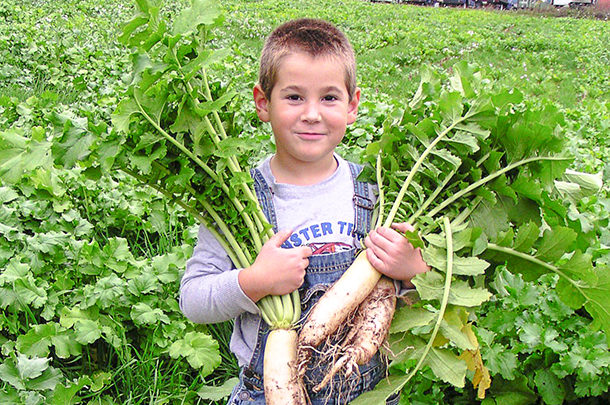Is it too late to plant?
First of all, I highly recommend not waiting to plant cover crops until all the harvesting is done. Follow the combine with the drill, or broadcast cover crop seed and follow up with vertical tillage as soon as possible to capture the warmth of early October rather than the chill of November.
I often get this question with cereal rye in November or December, and I usually suggest planting it in fields with good drainage. Often rye seedlings will appear on a warm day in December, or sometimes it will take until February or early March to see the cereal rye emerge. If the rye is allowed to grow into April, it will still have to grow, capture some free nitrogen (N) as the soils warm, accumulate biomass and provide a nice cover crop to plant into in late April or May.
What rate should I seed?
The answer to this question depends as well. Early planting will allow cereal grains to tiller more, requiring less seeds per acre. If a cover crop is not grown for forage or seed, then half the typical seeding rate will do. I have seen cereal rye planted at 1 bushel to the acre provide a good cover crop. As the cover crop planting date is delayed, the seeding rate should increase.
A few mixes that have performed well in southern Pennsylvania are:
- Crimson clover (15 pounds per acre) and annual ryegrass (12 pounds per acre) or triticale (2 bushels per acre)
- Oats (2 bushels per acre) and crimson clover (15 pounds per acre)
- Triticale (75 pounds per acre) and ryegrass (10 pounds per acre)
How do I set the drill for planting a cover crop mixture?
To calibrate your drill, I recommend checking your manual. It isn’t difficult. Add the seed mix to three row units of the drill, take off the seed tubes and put them in a bucket. Turn the drive wheel of the drill so many turns, weigh the seed and do some math, and repeat. Some seed companies will have recommendations to use seed settings of comparable size, such as the alfalfa setting, or reduce the alfalfa setting by 10 percent.
What cover crop should I plant?
I get this question more than any other cover crop question. My immediate response is “it depends.” It depends on a lot of factors: time of year, location, manure history, forage needs, moisture availability, crop rotation and more.
Where feed is the primary goal in southeastern and south-central Pennsylvania, early corn silage fields can be planted to oats in early September and still have eight weeks or more of growth before a hard freeze. If that is not possible, then focus on winter cereal grains such as wheat, rye, triticale and barley, which can be mixed with ryegrass or crimson clover. Triticale and ryegrass have become a popular mixture that makes good silage in spring, and it doesn’t mature as early as rye. If the fields do not have a manure history, then legumes should be added to a mix to fix nitrogen.
There are as many uses for fall seeded grasses and legumes as there are species and combinations. Know what your goals are and what growth habit the cover crop you selected has. An aggressive cover crop of radish will suppress most any weed in the fall but will leave you with ground bare in the spring with very little residue cover. Cereal rye is the king of winter cover crops for a very good reason; I use some of it in every field I plant. It often meets multiple needs, takes abuse well and is economical. Before switching to something different, know what advantages and pitfalls you may encounter. ![]()
Andrew Frankenfield is an extension educator with Penn State Extension. Email Andrew Frankenfield.
PHOTO: Tanner Frankenfield displays radishes planted with cereal rye in late August. This photo was taken in mid-October in southeast Pennsylvania. Photo provided by Andrew Frankenfield.










